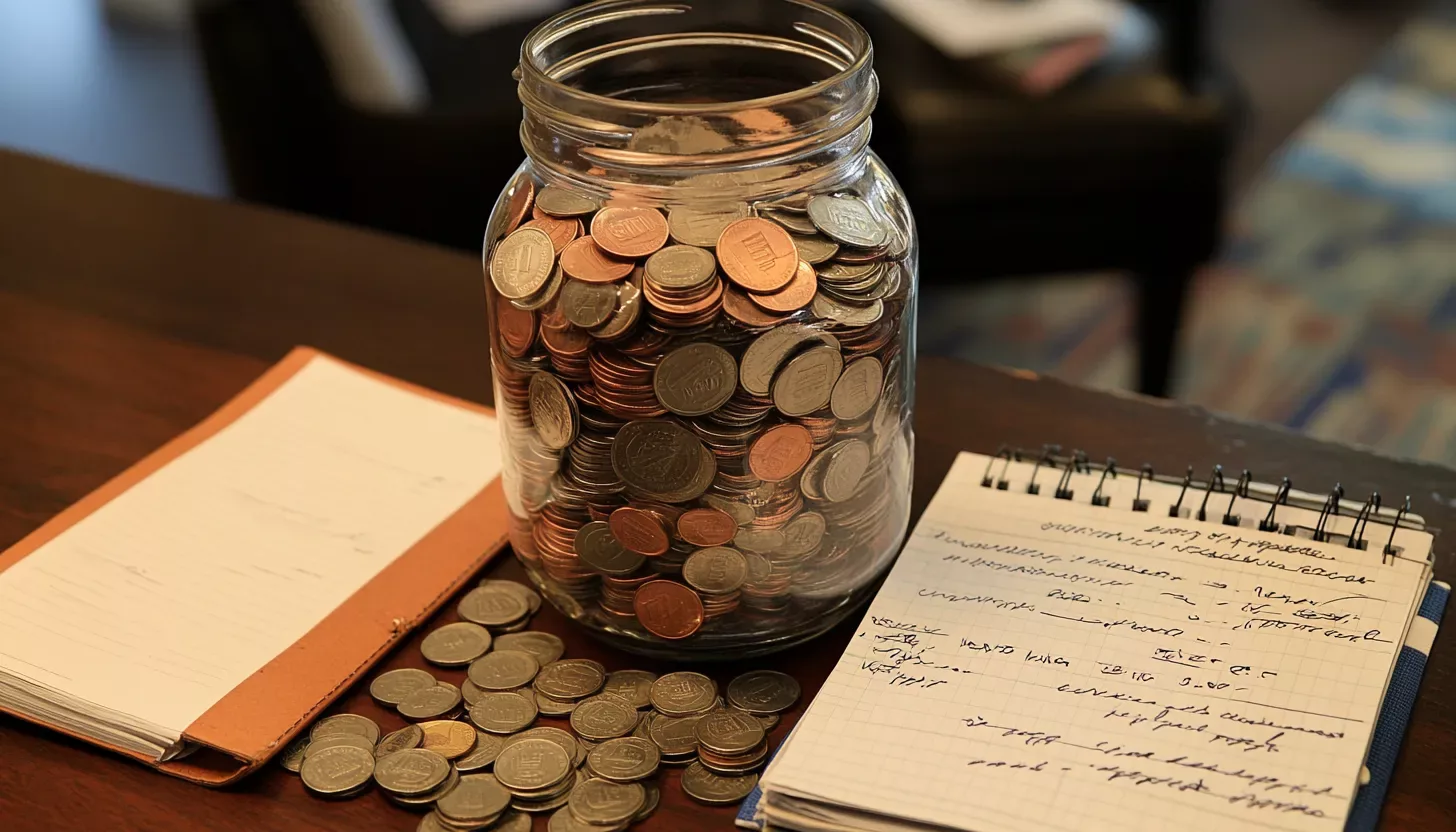Emergency Funds: How Much Should You Really Save?

Life is unpredictable, and financial emergencies can strike when you least expect them. Whether it’s a sudden job loss, medical expenses, or unexpected home repairs, having an emergency fund can be the financial safety net you need to weather the storm. But how much should you really save? Let’s break it down and help you determine the ideal amount for your financial safety.
What Is an Emergency Fund?
An emergency fund is a dedicated pool of money set aside to cover unexpected expenses or financial emergencies. Unlike regular savings, this fund should remain untouched unless a true emergency arises. It provides peace of mind and prevents you from relying on credit cards or loans during tough times.
Why Is an Emergency Fund Important?
Without an emergency fund, even minor financial hiccups can spiral into major setbacks. Here are a few reasons why having one is essential:
- Financial Stability: It helps you avoid high-interest debt, like credit cards or payday loans, during emergencies.
- Peace of Mind: Knowing you have a safety net reduces stress and allows you to focus on long-term financial goals.
- Flexibility: It gives you the freedom to make better decisions, such as leaving a toxic job or handling unexpected expenses without panic.
How Much Should You Save?
The amount you need in your emergency fund depends on your individual circumstances, including your income, expenses, and financial responsibilities. Here are some general guidelines to help you determine the right amount:
1. Start Small
If you’re just beginning to build your emergency fund, aim for a starter goal of $1,000. This amount is often enough to cover minor emergencies, like car repairs or medical copays, and serves as a solid foundation for larger savings.
2. Calculate Your Monthly Expenses
Take a close look at your essential monthly expenses, including rent or mortgage, utilities, groceries, insurance, and debt payments. Multiply this total by the number of months you want your emergency fund to cover. Most experts recommend saving enough to cover 3 to 6 months of expenses.
3. Consider Your Lifestyle and Risks
Your ideal emergency fund size may vary based on factors like:
- Job Stability: If you have a stable job, 3 months of expenses may suffice. If your income is unpredictable or tied to freelancing or commissions, aim for 6–12 months.
- Dependents: If you have children or other dependents, you may need a larger fund to account for their needs.
- Health and Insurance: If you have high medical costs or limited insurance coverage, consider a more substantial emergency fund.
4. Account for Inflation
Don’t forget to adjust your emergency fund for inflation over time. What might cover 3 months of expenses today may not be enough in the future, so revisit your savings goal periodically and make adjustments as needed.
Where Should You Keep Your Emergency Fund?
Your emergency fund should be easily accessible but separate from your regular checking account to avoid temptation. Here are a few options:
- High-Yield Savings Account: Offers easy access and earns interest over time.
- Money Market Account: Combines the benefits of savings and checking accounts, with slightly higher interest rates.
- Certificates of Deposit (CDs): Suitable for a portion of your fund if you’re comfortable with less liquidity for higher returns.
Tips for Building Your Emergency Fund
Saving for an emergency fund may seem daunting, but with a strategic approach, it’s achievable. Here are some tips to get started:
- Set a Monthly Goal: Break your savings target into smaller, manageable amounts and contribute consistently.
- Automate Savings: Set up automatic transfers to your emergency fund to ensure you stay on track.
- Cut Back on Non-Essentials: Identify areas where you can reduce spending and redirect those funds into your savings.
- Use Windfalls Wisely: Allocate bonuses, tax refunds, or other unexpected income to your emergency fund.
When to Use Your Emergency Fund
It’s important to use your emergency fund only for genuine emergencies. Here are some examples of when it’s appropriate to dip into your savings:
- Job Loss: Covering essential expenses while you look for new employment.
- Medical Emergencies: Paying for unexpected healthcare costs not covered by insurance.
- Home or Car Repairs: Addressing urgent issues that impact your safety or ability to work.
Avoid using your emergency fund for non-essential expenses, like vacations or luxury purchases, as this defeats its purpose.
Replenishing Your Emergency Fund
Once you’ve used your emergency fund, make it a priority to rebuild it as soon as possible. Resume your regular savings contributions and consider temporary budget adjustments to accelerate the process.
Final Thoughts
Having an emergency fund is a cornerstone of financial security. While the ideal amount varies for everyone, starting small and building over time will ensure you’re prepared for life’s unexpected challenges. By calculating your expenses, considering your lifestyle, and choosing the right savings vehicle, you can create a safety net that provides peace of mind and financial stability.
Remember, the key to a successful emergency fund is consistency. Start saving today and take the first step toward securing your financial future.

Hi, I'm Arvind Otner, the voice behind Wise Wealth Tips. My mission is to simplify financial ideas, empowering you to make smarter money decisions. Welcome to your journey towards financial literacy...
